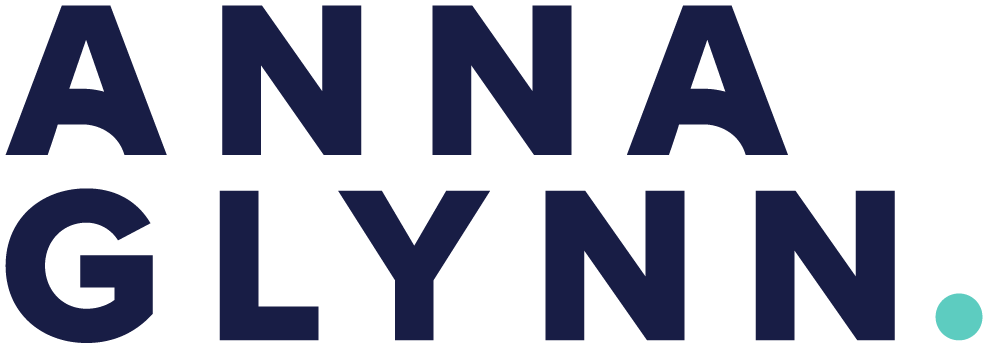One of the biggest breakthroughs in psychology and leadership theories over the past decade has been in the area of strengths.
Strengths can be defined as a “pre-existing capacity for a particular way of behaving, thinking or feeling that is authentic and energising to the user, and enables optimal functioning, development and performance” (Linley, 2008).
To put it simply, strengths are those things that come naturally to us and we enjoy doing. Skills and talents on the other hand, need to be learned and developed.
Because our strengths often feel ordinary, many of us take them for granted and can’t always list what they are. It also tends to be human nature for our friends, family, managers and co-workers to focus on our weaknesses and where we can improve rather than emphasising our strengths. Yet there is much more evidence to prove that pouring time into building your existing strengths helps you fulfil your potential and increase your levels of wellbeing.
These days, it’s easy to work out your strengths (if you need a hand) by taking an online assessment like the VIA’s Survey of Character Strengths or the CliftonStrengths assessment. You can also ask for feedback from others. Once you know your strengths, the next step is to use them as much as possible so they become a daily habit and you can experience some of the many benefits identified through extensive research including:
- Be happier, more confident and resilient
- Have higher levels of self-esteem, energy and vitality
- Experience less stress
- Be more likely to achieve goals
- Be more engaged at work and perform better
- Be more effective at developing and growing.
A strengths-based approach to leading and developing is sweeping across both companies and schools in Australia as opposed to the traditional deficit-based approach, which focuses on someone’s weaknesses. The aim is to not fix what is wrong with people but rather look at what is right with them. Maximum productivity and failure prevention can also be gained by concentrating on someone’s strengths and managing their weaknesses.
Since adopting a strengths-based approach when leading or coaching myself, I have found that when someone understands their strengths they become more self-aware and know when to put them to use and when to dial them down. They uncover what they are good at and what they enjoy, and because of this they are motivated to undertake tasks or find roles that encompass both. They are aware of their weaknesses and how to manage any gaps they may have. They also have the ability to use their strengths to overcome any challenges they may face.
So what are your strengths? And how do you put them to use?





